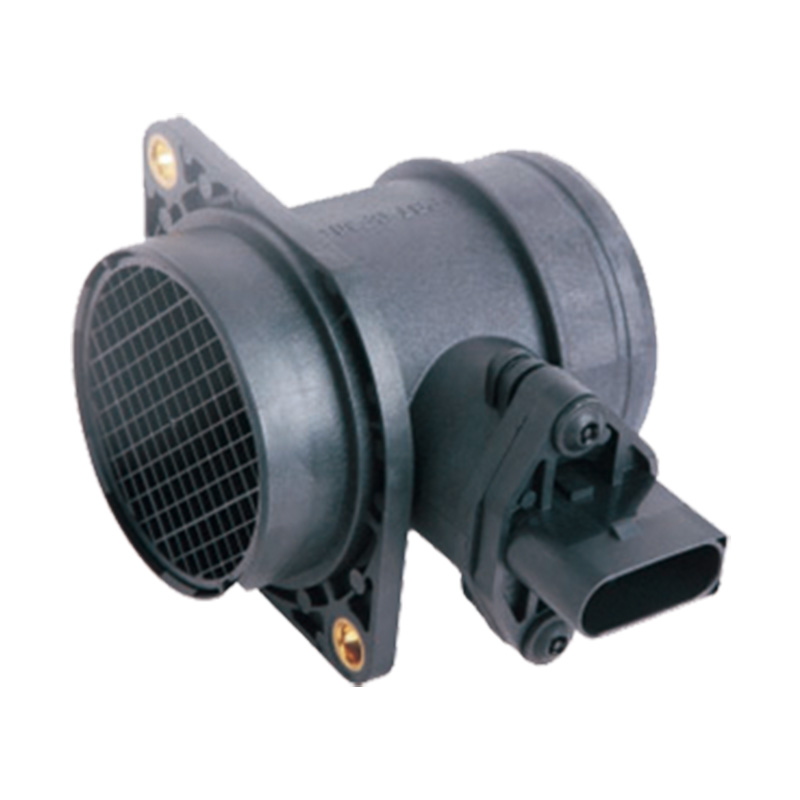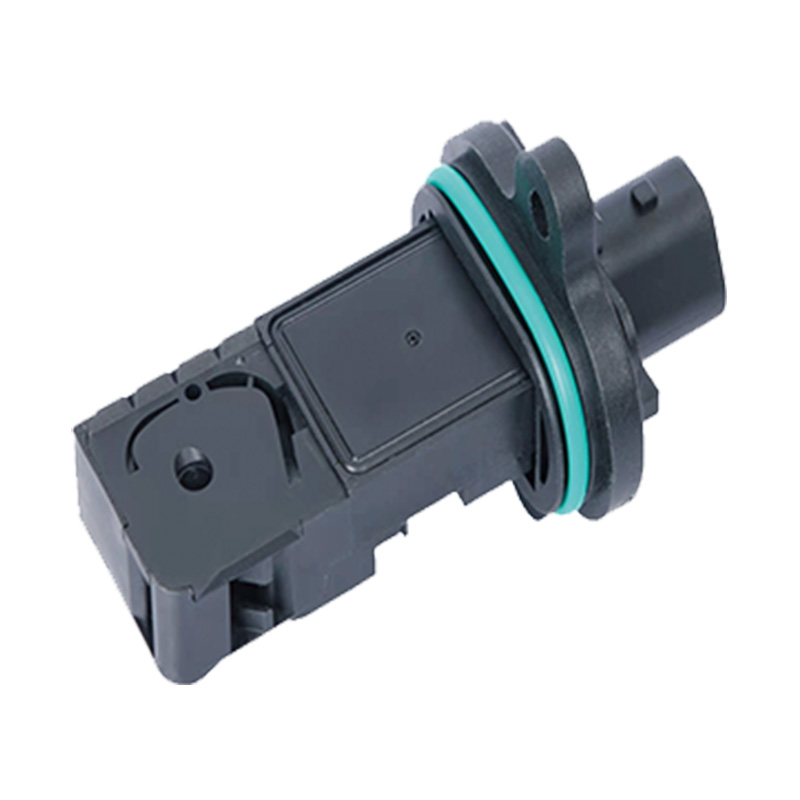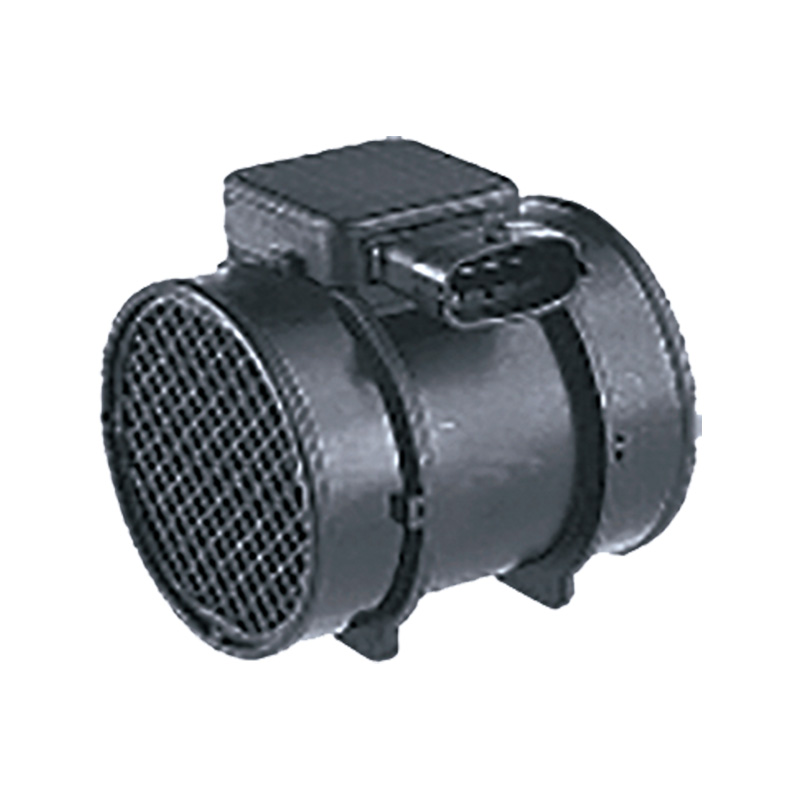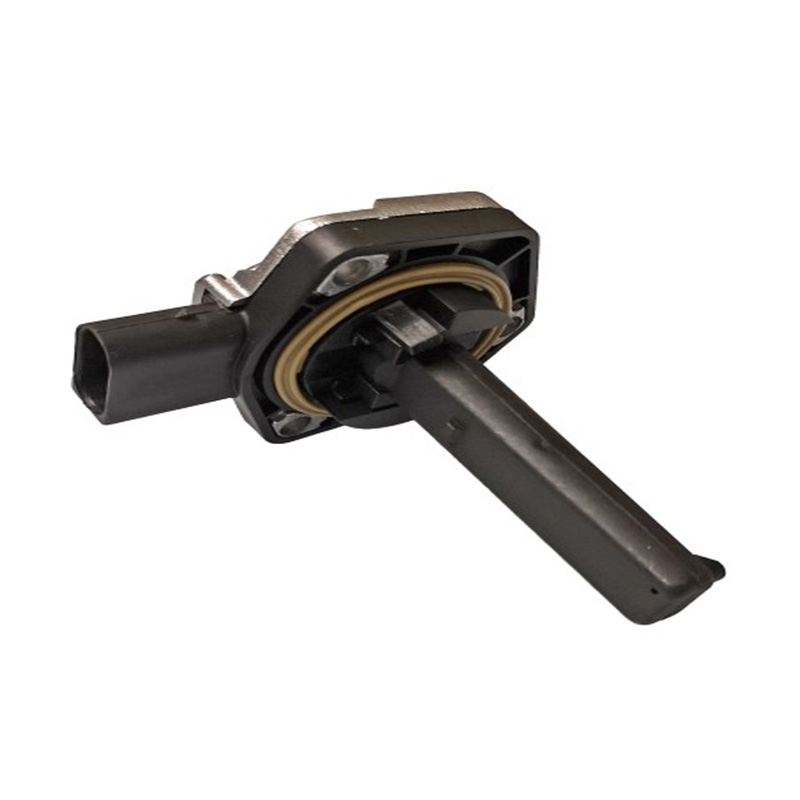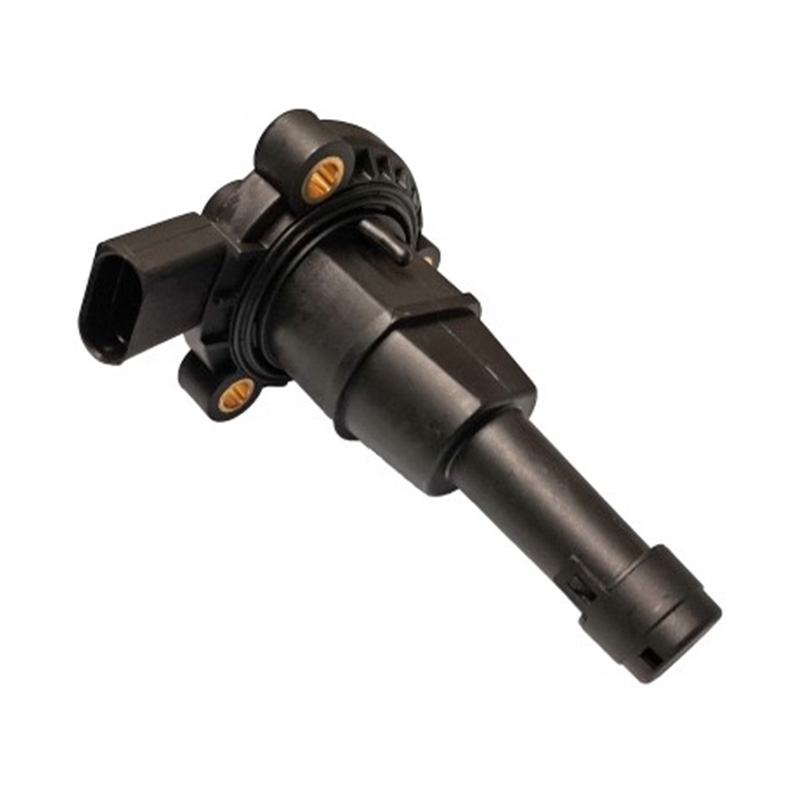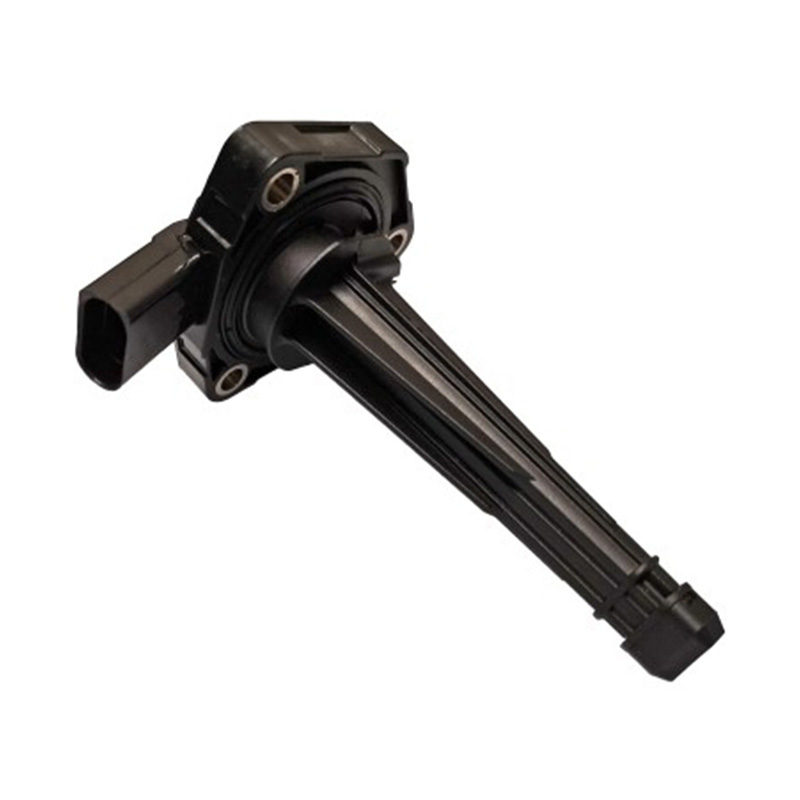OEM.NO:0280 217 121 0280 217 122 0986 280 202
See DetailsEnhancing Engine Performance with Mass Sensor Air Flow Technology
In the ever-evolving landscape of automotive engineering, the pursuit of enhanced engine performance and efficiency remains a constant endeavor. One crucial aspect contributing to these advancements is the utilization of effective mass sensor air flow technology.
Optimizing Combustion Efficiency:
At the heart of engine performance lies combustion efficiency, and mass sensor air flow technology plays a pivotal role in optimizing this crucial aspect. Mass air pressure sensors are tasked with precisely measuring the pressure of the air entering the engine intake system. This data, combined with inputs from mass sensor air flow devices and mass volume air flow sensors, allows for accurate determination of the air-fuel mixture ratio required for good combustion.
By precisely regulating the amount of air entering the combustion chamber, engines equipped with mass sensor air flow technology can achieve a great stoichiometric ratio, resulting in more complete and efficient combustion. This leads to improved fuel efficiency, reduced emissions, and enhanced overall performance.
Fine-Tuning Engine Performance:
In addition to optimizing combustion efficiency, mass sensor air flow technology enables fine-tuning of engine performance parameters. Mass sensor air flow devices provide real-time data on the rate of airflow into the engine, allowing for dynamic adjustments to fuel injection timing, ignition timing, and throttle response.
Furthermore, mass volume air flow sensors play a crucial role in monitoring the volume of air passing through the intake system. This information is used to ensure that the engine is operating within its good airflow range, maximizing power output and responsiveness while minimizing fuel consumption.
Advancing Engine Management Systems:
The integration of mass sensor air flow technology into engine management systems represents a significant advancement in automotive engineering. These sophisticated systems utilize advanced algorithms and real-time data processing capabilities to precisely control every aspect of engine operation.
Mass air pressure sensors, mass sensor air flow devices, and mass volume air flow sensors work in harmony to provide the engine management system with comprehensive data on airflow dynamics, allowing for precise control over combustion processes. This level of control enables engines to adapt to changing driving conditions, optimizing performance, efficiency, and drivability.
Future Applications and Innovations:
As automotive technology continues to evolve, the potential applications of mass sensor air flow technology are boundless. Future innovations may include the integration of artificial intelligence and machine learning algorithms to further enhance engine performance and efficiency.
Additionally, advancements in sensor design and manufacturing processes are expected to lead to smaller, lighter, and more durable mass sensor air flow components. These innovations will enable the development of more compact and efficient engine systems, paving the way for the next generation of high-performance vehicles.
In conclusion, mass sensor air flow technology represents a significant leap forward in enhancing engine performance and efficiency. By accurately measuring and regulating airflow into the engine, mass air pressure sensors, mass sensor air flow devices, and mass volume air flow sensors enable engines to operate at peak efficiency while delivering good power and responsiveness.
As automotive manufacturers continue to invest in research and development, we can expect to see further advancements in mass sensor air flow technology, driving the evolution of engine performance to new heights. With its potential to revolutionize the automotive industry, mass sensor air flow technology is poised to shape the future of mobility and redefine the driving experience for generations to come.
